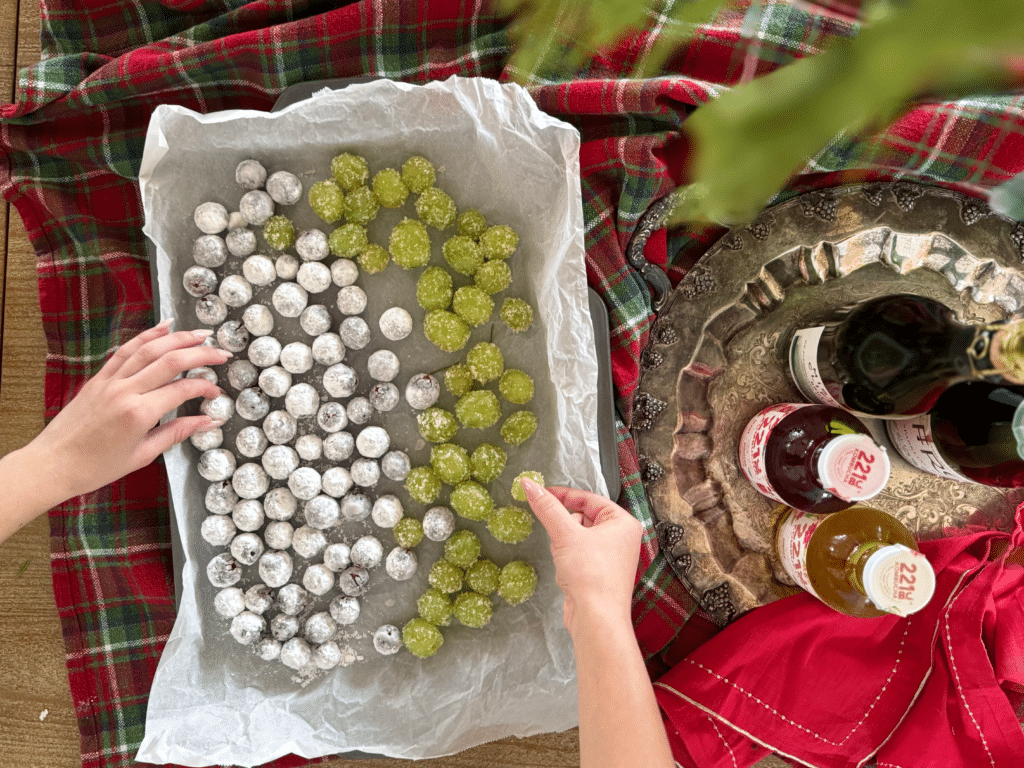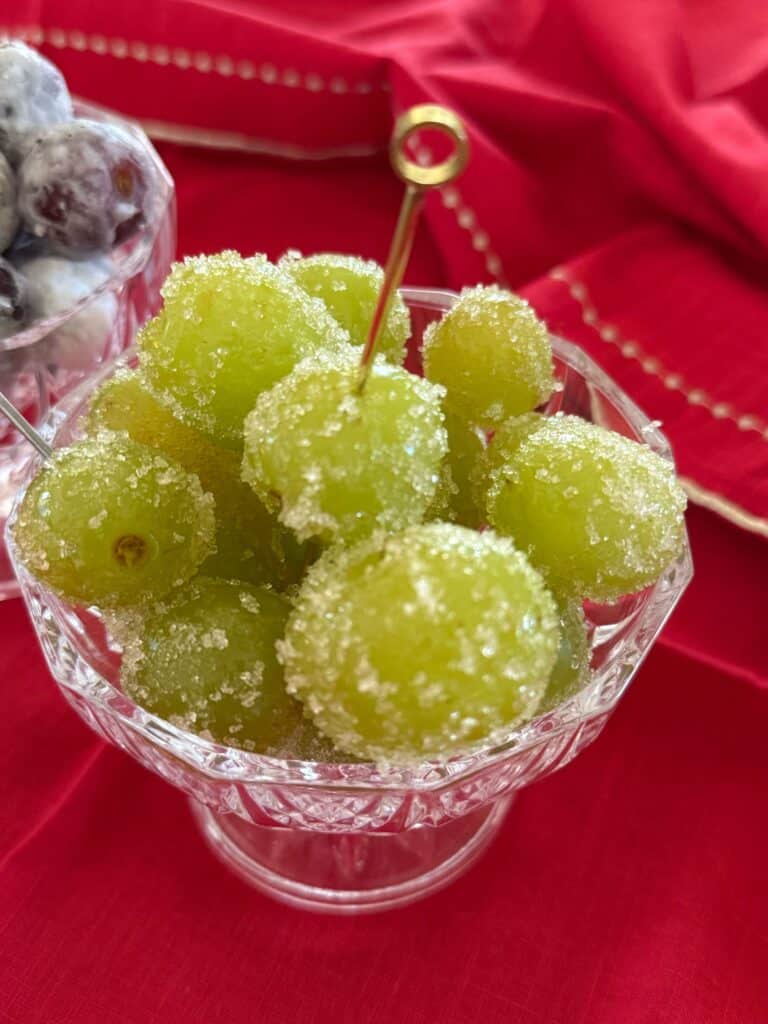Is sugar in kombucha bad for you?
A Note About Sugar From our Founder
I want to share a story close to my heart. One that ties together my childhood memories and the wisdom we can still apply today when it comes to sugar—and life itself.
Growing up in a small town in Poland under a communist regime, sugar wasn’t something we took for granted. Having a small amount at home was a blessing, and we treasured it. We used it sparingly and wisely because it wasn’t always available. Later, as I traveled the world, from Great Britain to Italy to the exotic and vibrant cultures of Africa, I’ve recognized a consistent theme: wherever I went, they often served tea with cubes of sugar or honey. The sugar would come raw, sometimes white, but always present in a subtle, respectful way. Well, maybe except Egypt and Tunisia. They always used a generous amount of sugar in their jasmine tea! Each country had its own traditions with baked goods and sweets, but none carried the overwhelming sweetness we often encounter in America today.
Sugary Sweets
Every culture cherishes sweets, traditionally enjoyed in moderation as a special treat rather than an everyday indulgence. Unfortunately, this sense of balance seems to have faded in modern times, where we now find ourselves swinging between two extremes—either consuming sugar in excess or demonizing it entirely. Recently, I’ve seen people eating an entire stick of butter, followed by 8 eggs and ground beef in the name of health.
On the other hand, I’ve also seen vegans consuming three heads of kale a day with fake bacon in the quest for purity and saving the planet. Both of these extremes illustrate a fundamental issue in our approach to food today. We’ve forgotten that food itself isn’t the problem; it’s the absence of balance in how we approach it.
This brings me to something much larger. Rather than focusing only on sugar— what about the way we live our lives? Somewhere along the way, we’ve forgotten how to walk that middle path, where enjoyment and moderation coexist. We get pulled toward extremes, whether in our diets, our work, or our everyday decisions. But life, like a good kombucha, is best when it’s balanced. We can enjoy the sweetness without losing ourselves in it.
A Sweet, Balanced Life
So, as you reflect on your choices, not just in what you eat or drink but in how you approach all aspects of life, I encourage you to seek balance. Let’s honor the small pleasures, respect our limits, and rediscover the art of moderation—an art that has long been the foundation of well-being and life on this planet.
Certainly, I understand that what I propose here might stir some serious controversy, especially given the current trend of carb-free, and therefore sugar-free, diets. I also understand the frustration and lack of trust you may feel. That’s why I encourage you to look beyond our borders, to seek answers from other cultures.
For example, what kind of fruits do their dietary practices bear? Are they struggling with obesity, chronic diseases, and cancer at the same rates we see here? Or could their more balanced approach to food and life lead to different outcomes—outcomes we seek but struggle to achieve, even with massive investments from our government and health organizations?
Perhaps the issue lies not in sugar itself, but in the ‘franken-ultra-proccessed-foods’ that dominate our grocery shelves. Consequently, maybe we should question whether the problem is our food system, rather than the singular traditional ingredients we’ve demonized.
Now, you may wonder about the sugar in kombucha. Is it different from the sugar in your pantry?
Making kombucha requires the use of sugar. During kombucha fermentation, sugars such as sucrose (common table sugar) break down into simpler sugars like glucose and fructose. Overall, the yeast initiates this process in the kombucha SCOBY (symbiotic culture of bacteria and yeast). The yeast produces an enzyme called invertase, which splits sucrose into these two monosaccharides.
Once glucose and fructose are available, the bacteria in the SCOBY, including acetic acid bacteria, further metabolize these sugars. The glucose is converted into gluconic acid, while the bacteria also convert some of the sugars into beneficial organic acids like acetic acid and lactic acid, giving kombucha its distinctive tangy-sweet flavor. The yeast also produces carbon dioxide and a small amount of alcohol as byproducts that are crucial to protect the colony from pathogens (bad bacteria).
By the time fermentation is complete, much of the original sugar has been consumed and transformed into these compounds, significantly lowering the sugar content while enriching the kombucha with diverse live cultures containing probiotics, acids, and vitamins. This process creates a balanced, nourishing beverage without the excess “table” sugar typically found in other sweetened drinks. You can learn more about how sugar is processed in kombucha from this article.
But there’s more—kombucha may even support healthier blood sugar levels.
A recent pilot study from Georgetown University found that people with Type 2 diabetes who drank kombucha for four weeks had significantly lower fasting blood sugar levels compared to when they drank a placebo beverage. The study, which included 12 participants, showed a reduction in average fasting blood glucose levels from 164 mg/dL to 116 mg/dL after drinking kombucha, while the placebo showed no significant effect. Hence, the researchers believe this points to the potential for kombucha to help manage blood sugar levels, but they also recommend larger trials to confirm these promising results.
You can read more about the study here.
So, when you enjoy a glass of kombucha, you are not only indulging in a delicious, balanced beverage but also choosing a drink that could support your healthy lifestyle and well-being.
Let’s embrace balance, and remember, sugar in moderation can be a blessing just as it was when I was a little girl.
With love and gratitude,
Aneta
Founder, Kombucha 221bc
LINKS:
https://www.frontiersin.org/journals/nutrition/articles/10.3389/fnut.2023.1190248/full
Kombucha Brewers International
Raw Brewing Co. – Kombucha.com
Traditional ways of serving tea country by country, with details on how they sweeten or prepare the tea:
1. China:
In China, tea culture dates back thousands of years. The traditional way of serving tea is with a ceremony known as “Gongfu Cha,” which involves steeping tea leaves in a small teapot and pouring it into small cups. Popular types include green tea, oolong tea, and Pu-erh. In general, sugar or sweeteners are not used, as the focus is on the tea’s natural flavors.
2. Japan:
In Japan, tea is often served as part of the “chanoyu” (tea ceremony), which focuses on matcha, a powdered green tea. It is prepared by whisking the matcha powder with hot water in a bowl, often accompanied by small sweets to balance the tea’s bitterness, but sugar is not added directly to the tea.
3. India:
India’s most popular tea is “chai,” which is a blend of black tea, spices (like cardamom, cinnamon, and cloves), milk, and sugar. It is typically simmered on the stove and served hot, sweet, and spiced.
4. Morocco:
In Morocco, tea is traditionally prepared with green tea (often gunpowder tea) and fresh mint leaves. It is served sweet, with generous amounts of sugar cubes, usually in ornate silver teapots. The tea is poured from a height into small glasses to aerate it and enhance the flavor.
5. Tunisia:
In Tunisia, tea is often prepared with jasmine or mint, and served with sugar or honey. Jasmine tea, in particular, is sweetened and sometimes garnished with pine nuts for an added layer of flavor and texture.
6. Egypt:
Egyptians often drink black tea (known as “shai”) with sugar. It’s served very sweet, often with mint, and can be accompanied by biscuits or snacks. In Upper Egypt, it is customary to serve the tea without milk but very sweet.
7. Turkey:
In Turkey, tea (known as “çay”) is brewed strong and served in small tulip-shaped glasses. It’s common to offer sugar cubes on the side, though many people drink it without sweeteners to enjoy the full flavor of the tea.
8. Russia:
In Russia, tea is traditionally brewed using a “samovar,” a large metal container that keeps water hot. Black tea is served in glasses, sometimes with a slice of lemon, and sweetened with sugar cubes or jam, a practice known as “varenye.”
9. United Kingdom:
The British tea tradition involves black tea, often served with milk and sugar. Afternoon tea, accompanied by scones, sandwiches, and pastries, is a well-known custom. The tea itself is usually lightly sweetened with sugar to taste.
10. Tibet:
Tibetan tea, known as “butter tea” or “po cha,” is made by brewing tea with yak butter, salt, and sometimes barley flour. This savory drink provides warmth and sustenance, particularly in the cold Himalayan regions. It is not sweetened with sugar.
11. Iran:
In Iran, tea is served in small glasses, often without milk. The tea is strong and served with a lump of sugar called “ghand.” The sugar is traditionally placed in the mouth while drinking the tea, rather than dissolving it in the tea itself.
12. Argentina:
In Argentina, the traditional drink is “mate,” a type of herbal tea made from the leaves of the yerba mate plant. It is served in a hollowed-out gourd with a metal straw (bombilla). It is often bitter and unsweetened, though some prefer to add sugar or honey.
13. Pakistan:
In Pakistan, “chai” is similar to the Indian version, with black tea, milk, spices, and plenty of sugar. “Kashmiri chai” is another popular variant, which is pink in color and flavored with cardamom, pistachios, and sometimes salt.
14. Thailand:
Thai tea is a sweet, milky iced tea, typically made with black tea, condensed milk, sugar, and sometimes spices like star anise or tamarind. It’s a popular street beverage, served over ice in plastic cups.
15. Mongolia:
Mongolian tea is traditionally made with green tea and mixed with salt and milk (often yak or camel milk). It’s more savory than sweet and provides nourishment, especially in cold climates.
16. Afghanistan:
In Afghanistan, tea (usually green or black) is commonly served with sugar and sweets. The tea is lightly brewed and enjoyed throughout the day. It’s often sweetened with sugar, though some regions may prefer it without.
Each country has its own tea-serving traditions that reflect its culture, climate, and history. Let me know if you’d like to dive deeper into any specific country’s tea customs!









